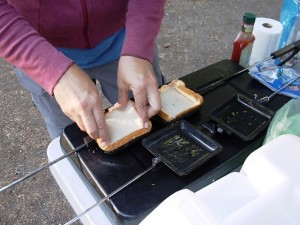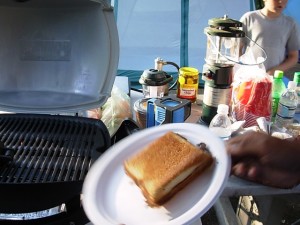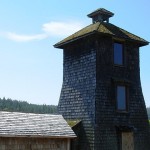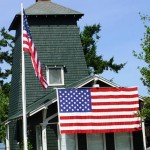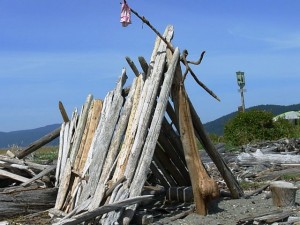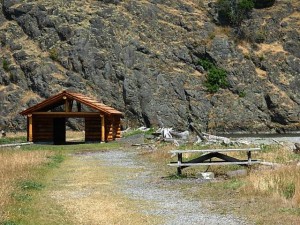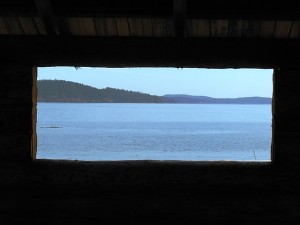Podcast: Play in new window | Download
Subscribe: Apple Podcasts | Google Podcasts | Podcast Index | RSS | More
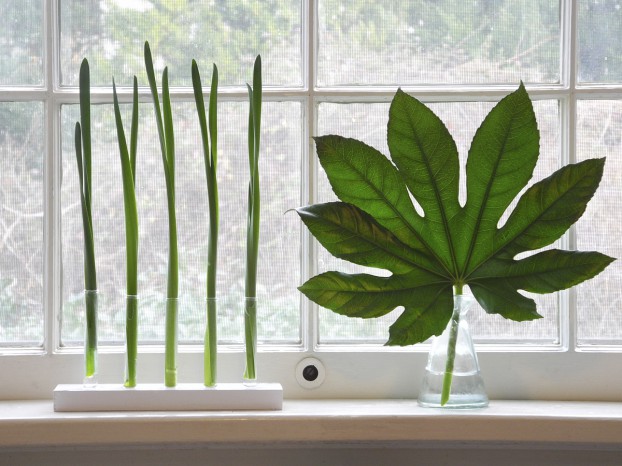
Paperwhite foliage (left) and a fatsia leaf (right) provide a study in contrasts. Design and photo by Nancy Ross Hugo.
Before I introduce you to today’s guest, I wanted to reach into the letter bag and share some of the notes that arrived this week.
Emily Watson, a farmer-florist who owns Stems Cut Flowers in Milwaukee, Wisconsin, and a member of Slowflowers.com, writes:
“I have been listening to your podcasts and after every single one I think I should write you a thank you but neither of us has time for that! So here it is one big thank you for all of them. Some weeks I hear pieces of my own story, some weeks inspiration for where I want to go, some weeks I just feel grateful that there are people like you and Kasey Cronquist and the Field to Vase project making good things happen. At the ASCFG conference that I went to in DC a a few years ago I remember an ice breaker session where you were supposed to tell the people at your table where you though your business would be next year. And at that time I was not even sure that my business was going to be around the following year. I was tired, emotionally, financially, and physically exhausted. After four long growing seasons I started to feel like maybe I should just cut my losses and return to the “normal” workforce. But then I saw things starting to happen on the bigger scale, people bringing awareness to the issues that mattered to me and my business, people connecting the dots for all the small businesses like mine.”
Since then my business has evolved a bit and I am on the verge of another transformation. One that I feel like I will have support for and a community which I can draw on for ideas and information. And you have been a big part of making this happen so thank you very much.”
And here’s one from Tobey Nelson, a floral, wedding & event designer who owns Vases Wild in Langley, Washington, on beautiful Whidbey Island – a wedding destination:
“I have been listening to your podcasts in an OCD fashion lately – love them! And I really appreciate all the work you are doing for Slow Flowers and (the) American grown (movement). So great. Do you know that just this year we have had three professional flower growers sprout up on Whidbey Island? It makes me happy!”
Thank YOU, Tobey and Emily ~ your encouragement for this endeavor means a lot. It’s easier to promote American grown flowers when I have such talented farmers and florists as my partners!
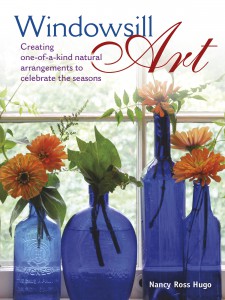 Anyone listening today knows that flowers can be a huge source of comfort, encouragement, celebration and serenity – depending on the time and place and occasion.
Anyone listening today knows that flowers can be a huge source of comfort, encouragement, celebration and serenity – depending on the time and place and occasion.
Today’s guest, Nancy Ross Hugo, brings the macro world of nature, landscape, the garden or the flower farm down to the micro world of the windowsill. And in doing so, she offers us a simple ritual, a moment, a meditation on the botanical beauty around us
The author of a new book called “Windowsill Art: Create One-of-a-kind Natural Arrangements to Celebrate the Season,” Nancy writes about gardening, trees, and floral design from her home in Ashland, Virginia and her family’s small farm in Howardsville, Virginia.
Her love of trees has led her to tree habitats all over the world, but her real passion is celebrating the common wildflowers, weeds, trees, and everyday plants that are often overlooked in ordinary backyards.
Nancy loves reading old natural history books, writing new ones, and exploring the creative process through flower arranging and nature journaling.
Through nature journaling and blogging about the “windowsill arrangements” she creates every day, she says she keeps her creative muscles exercised, her thoughts straight, and her eyes open to all things wild and wonderful.
Nancy has authored five books and hundreds of articles about nature and the outdoors, She is the former garden columnist for the Richmond Times-Dispatch and education manager at the Lewis Ginter Botanical Garden. She travels the country speaking on the two topics closest to her heart: observing trees carefully and celebrating the seasons through daily, simple flower arranging.
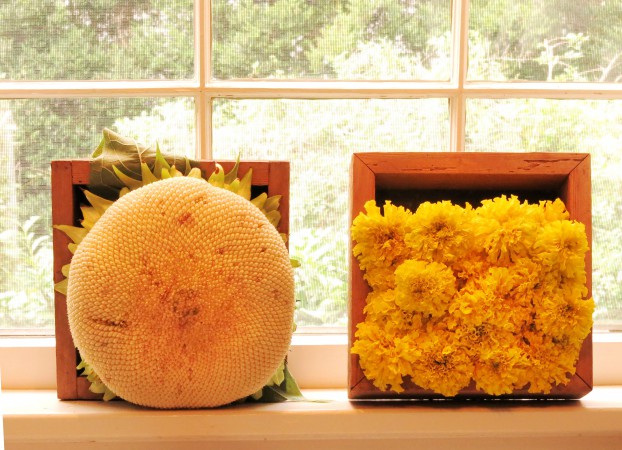
Rustic boxes filled with an immature sunflower head (left) and stacked marigold blossoms (right). Nancy writes: “Marigolds will last longer than you think out of water.”
I met Nancy through St. Lynn’s Press, our shared publisher. It seems that at the same time I was working on Slow Flowers – a book about creating a local and seasonal floral arrangement every week of the year with only what I cut from my own garden or sourced from local flower farmers, Nancy was working on Windowsill Art, engaging in a similar method of marking the seasons in nature with floral arranging.
The difference is that of simplicity and spontaneity. Nancy’s practice is so “of the moment” and I greatly admire her artistry and approach. You might think a windowsill would constrain the creativity – but that’s anything but the case.
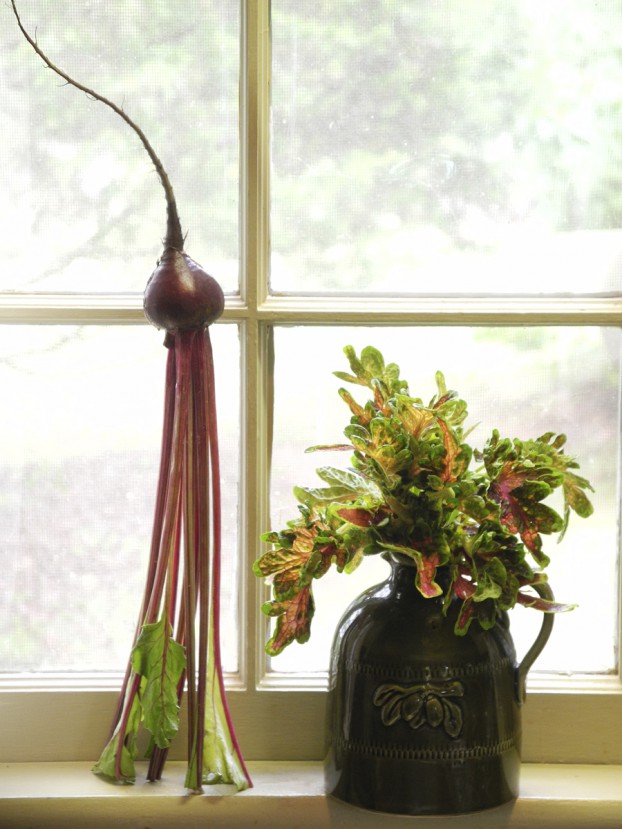
A beet displayed beside a jug of coleus. “I realized I could turn (the beet) upside down and support it on its leaf stems . . . showcasing the part of the beet I like best – its tapering root.”
In May 2011, Nancy began a blog on which she posted a photo of a small flower arrangement (or just a conglomeration of natural materials) every day. Assembled on the windowsill, these simple displays celebrate the seasons and chronicle Nancy’s love affair with local wildflowers, weeds, and garden flowers as well as her discovery of new and exciting ways to display them. They also demonstrate why practicing this easy art form is so valuable as a form of nature journaling and rewarding as a personal creative practice. You can see more than 800 arrangements at windowsillarranging.blogspot.com.
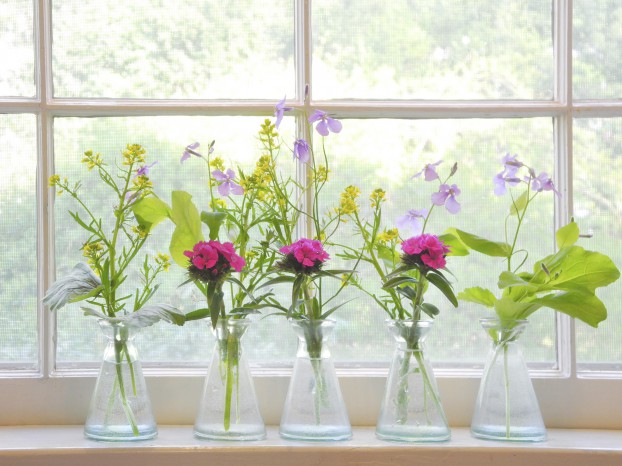
Sweet William, wild mustard, and Chinese temple bell (Moricandia avensis) flowers — in Nancy’s favorite bud vases.
As Nancy points out, almost everyone does it – puts a little something on the windowsill to watch it ripen, root, or just sit there looking pretty. To this gifted woman, the windowsill can serve as a stage for more intentional arranging – a personal, freewheeling kind of art. A catalyst for creativity.
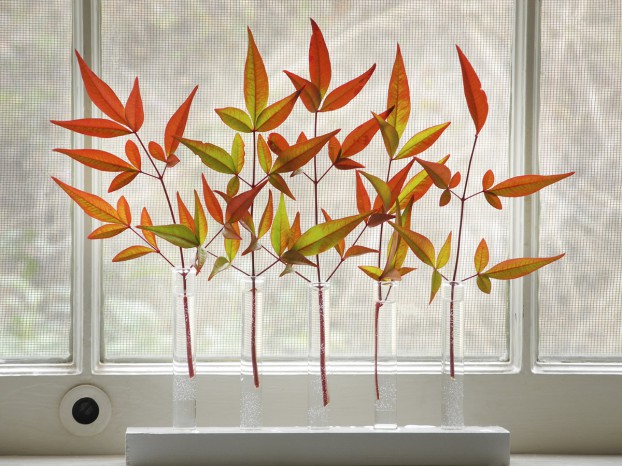
The compound leaves of nandina emerge copper-colored in spring and are arranged here in a row of test tubes.
She writes, “for me, windowsill arranging is almost a spiritual practice. Where I am looking for materials to display and placing them . . . I feel more like a poet placing words in a haiku than a floral designer placing stems in a vase. I love the limited space, the double connection to the outdoors (through the window and my materials), and the structure that repeating the same activity over and over provides.”
As we enter the more dormant period of the year in our gardens and on our farms, I challenge you to pick up Nancy’s approach to observing nature’s gifts and seeing each pod, branch, stem or vine (or fruits and vegetables) as an artistic element. It may be a gift to give yourself this season.
Thanks for joining today’s conversation. Listeners like you have downloaded the Slow Flowers Podcast more than 23,000 times. If you like what you hear, please consider logging onto Itunes and posting a listener review.
My personal goal is to put more American grown flowers on the table, one vase at a time. I promise that when you tune in next week, you’ll hear another insightful and educational episode of the Slow Flowers Podcast.
The Slow Flowers Podcast is engineered and edited by Andrew Wheatley and Hannah Holtgeerts. Learn more about their work at hhcreates.net.
Note: Many of the supplies Nancy uses can be ordered from The Arranger’s Market: vases, clippers, bottle brushes, and other floral design equipment.
All photos in this post copyrighted to Nancy Ross Hugo, used by permission of St. Lynn’s Press.









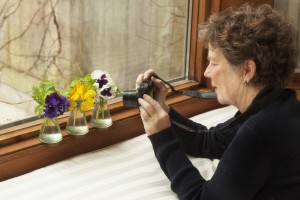
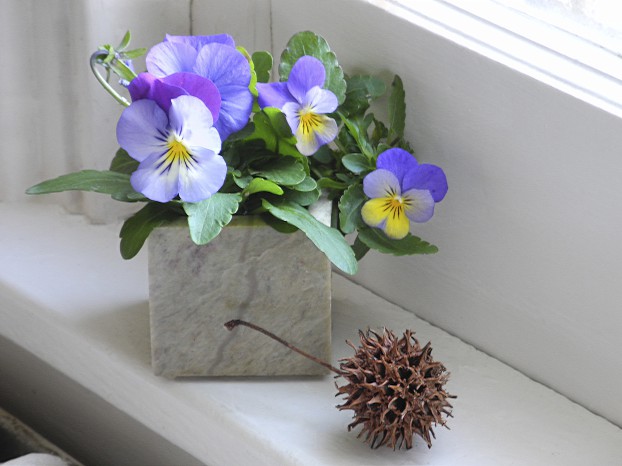
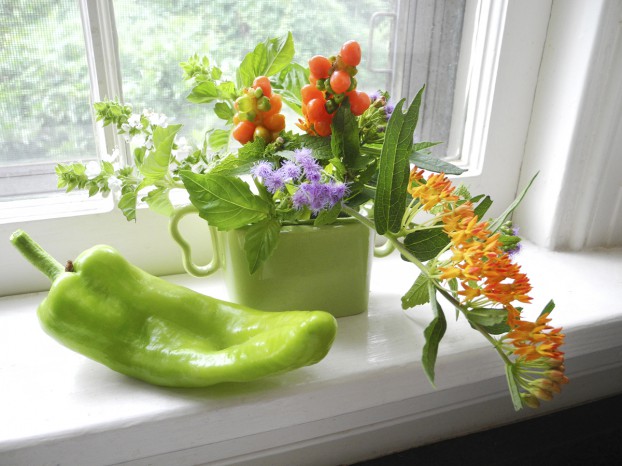
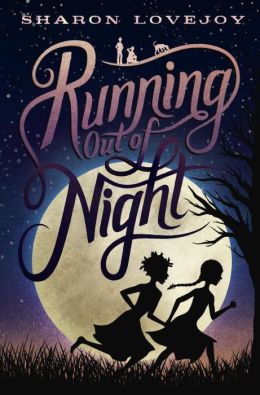
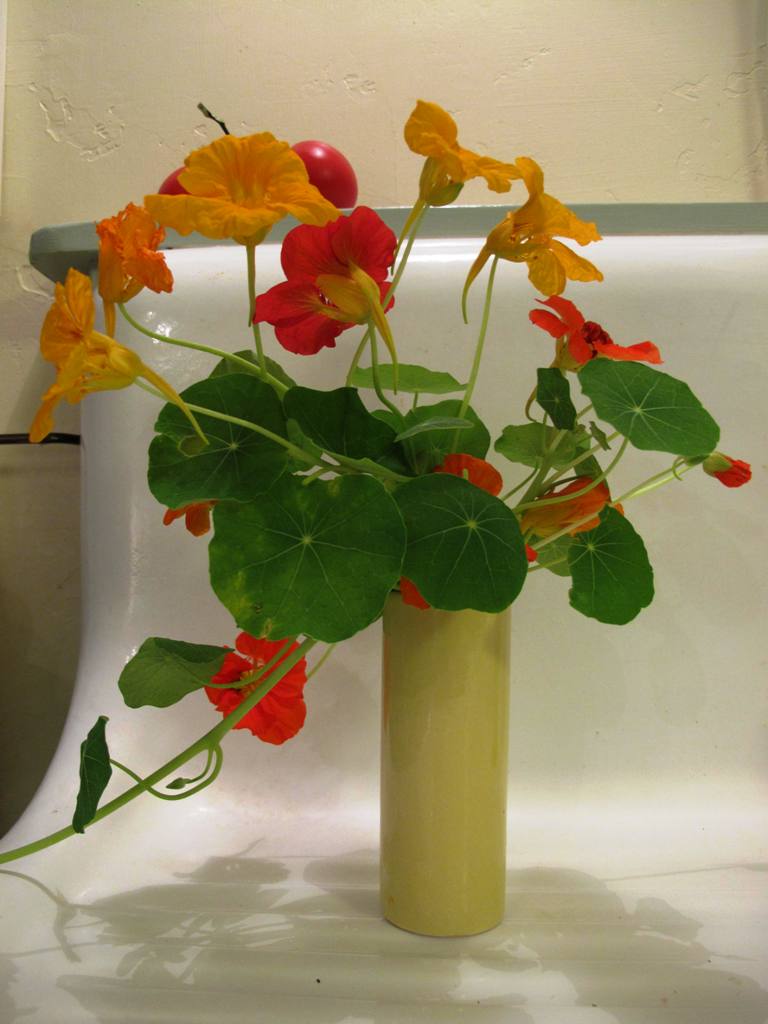
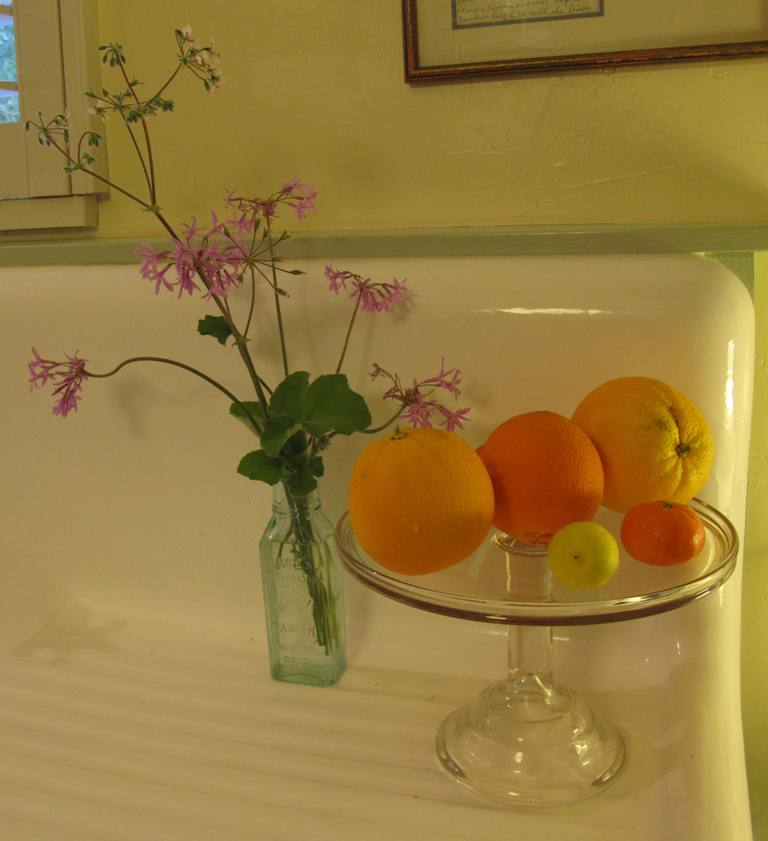
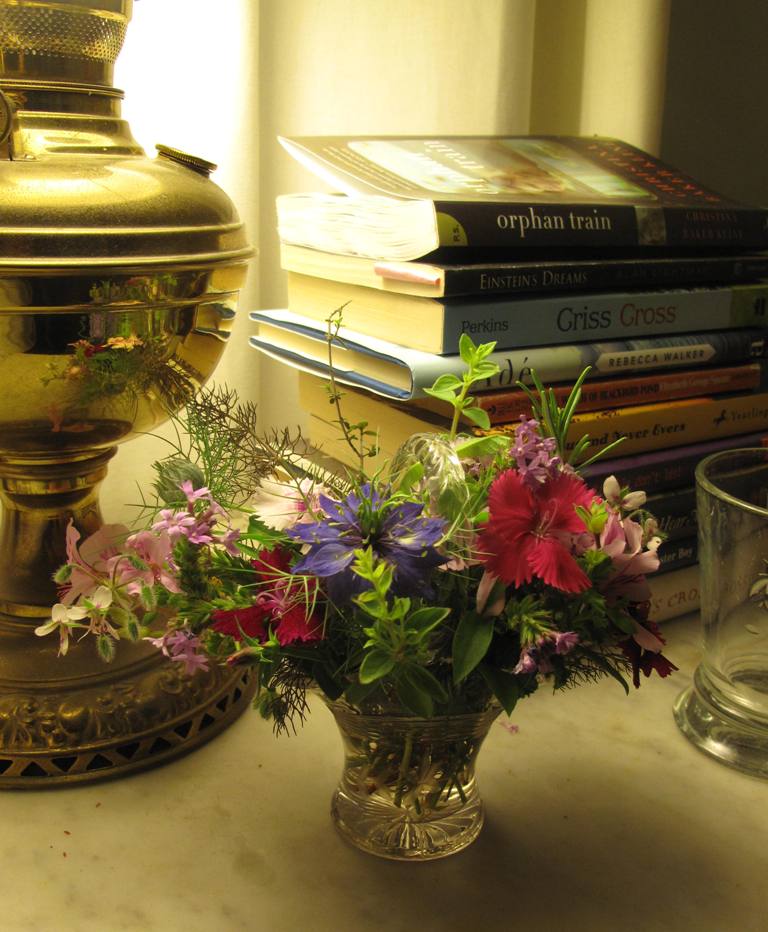
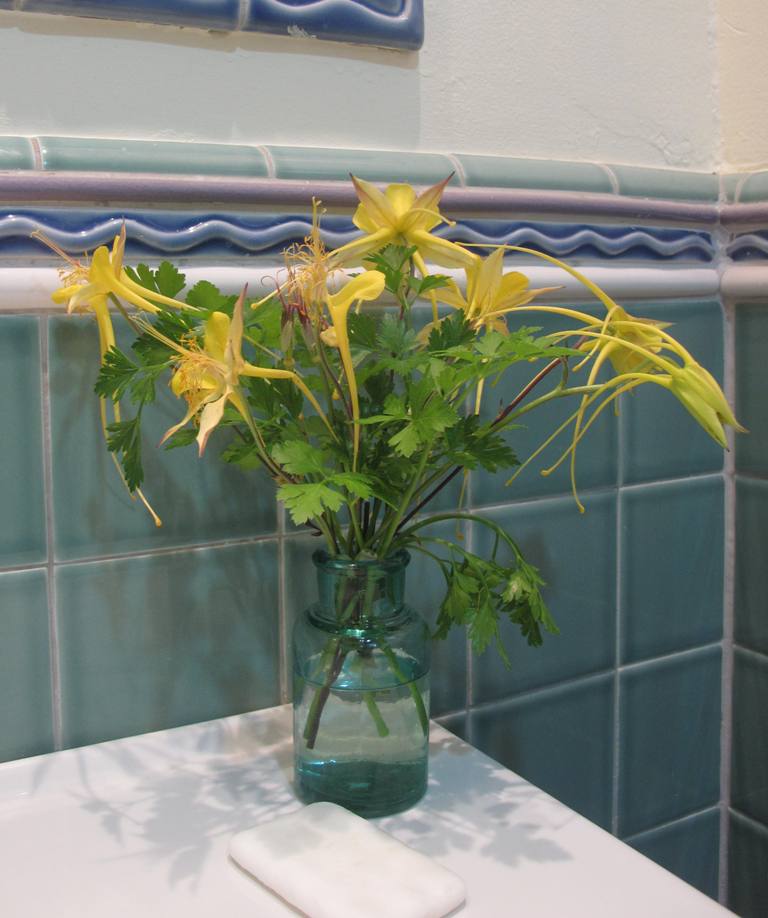
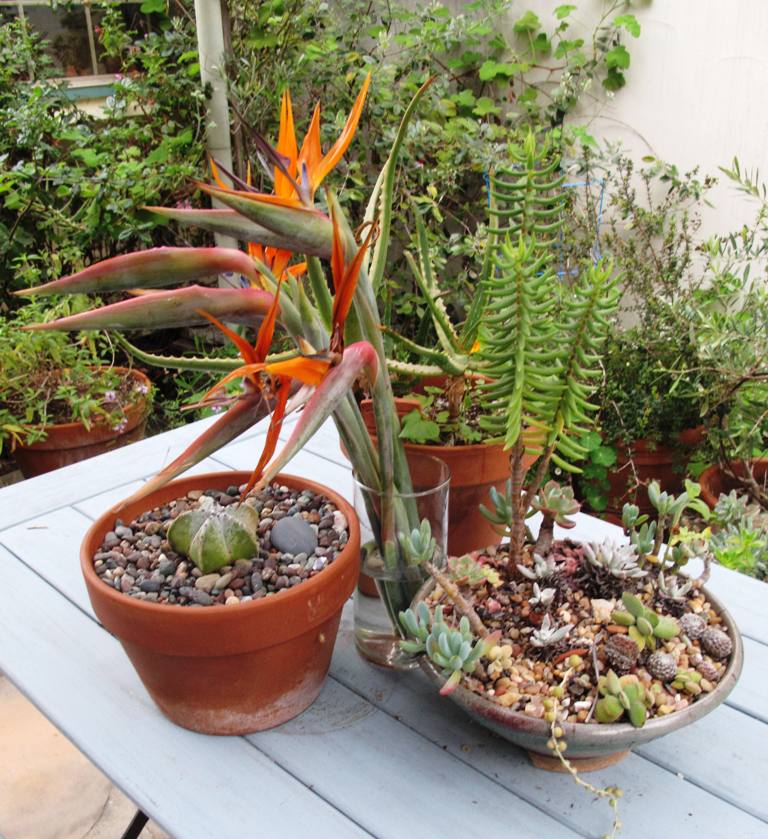
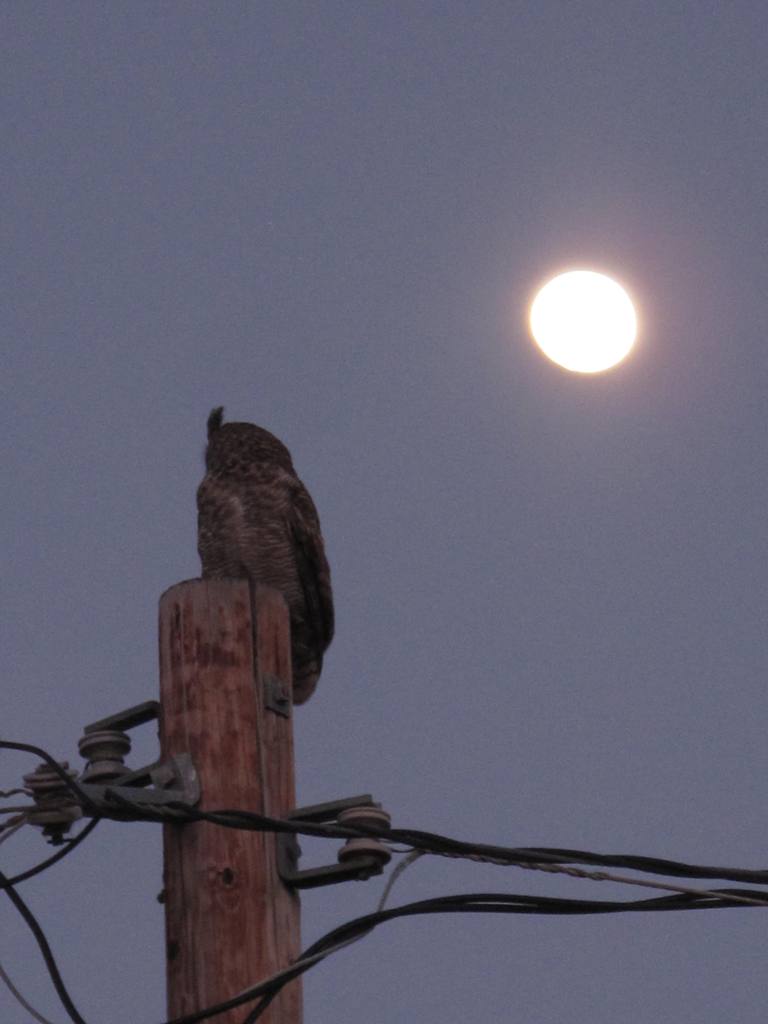
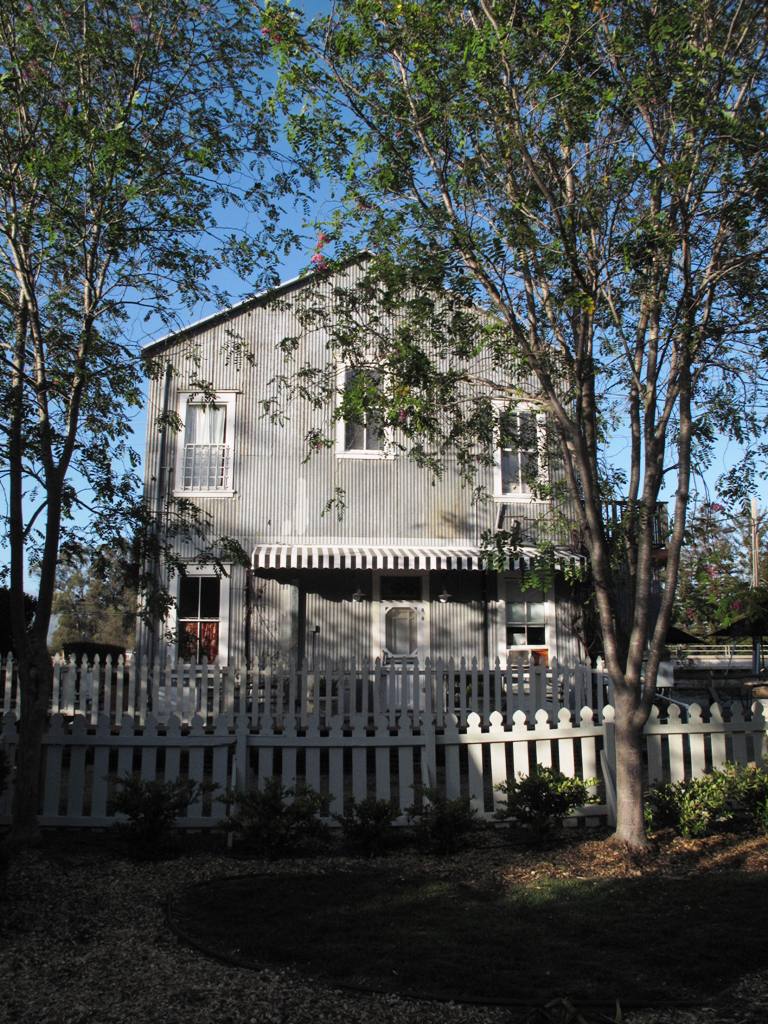
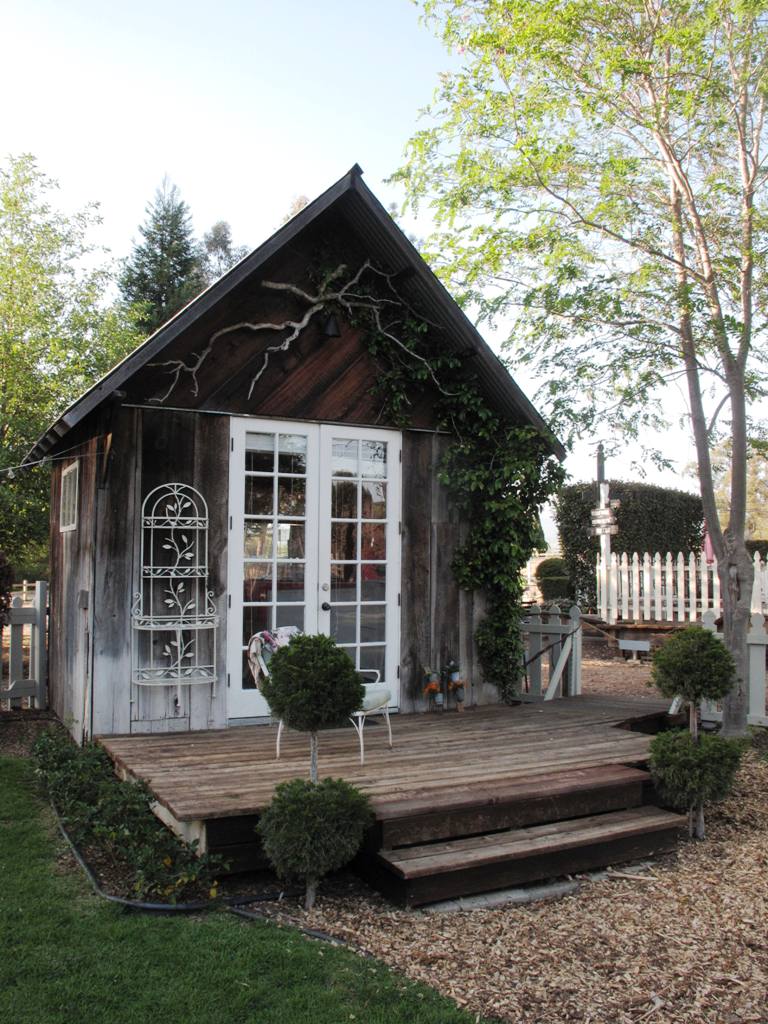
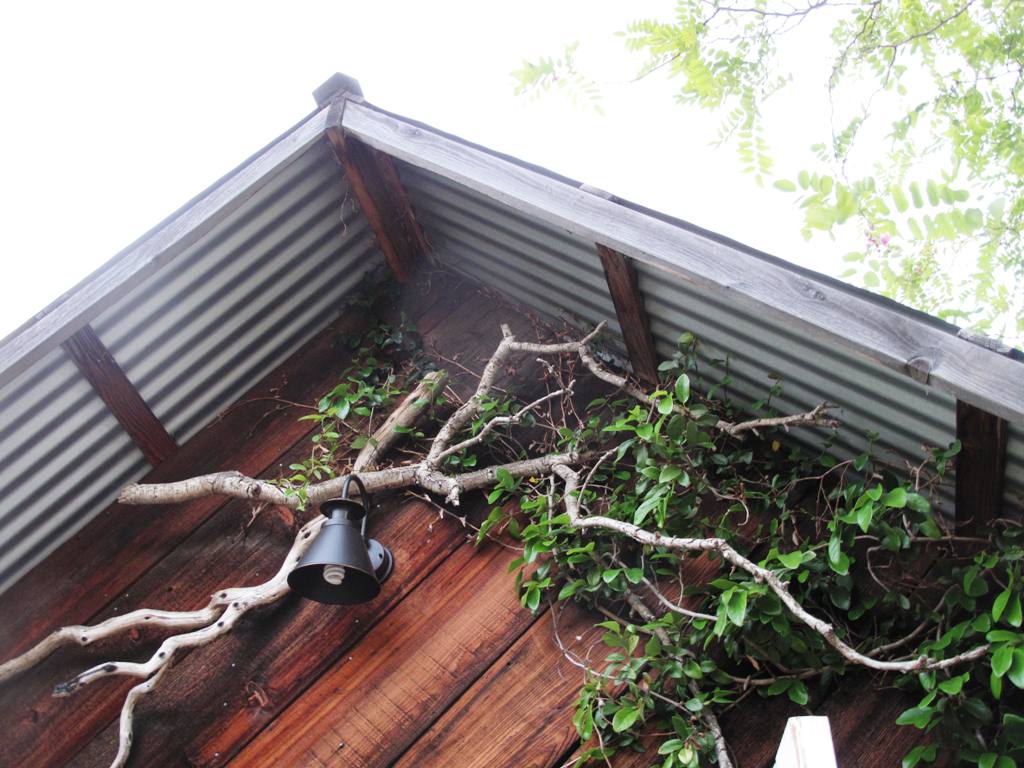
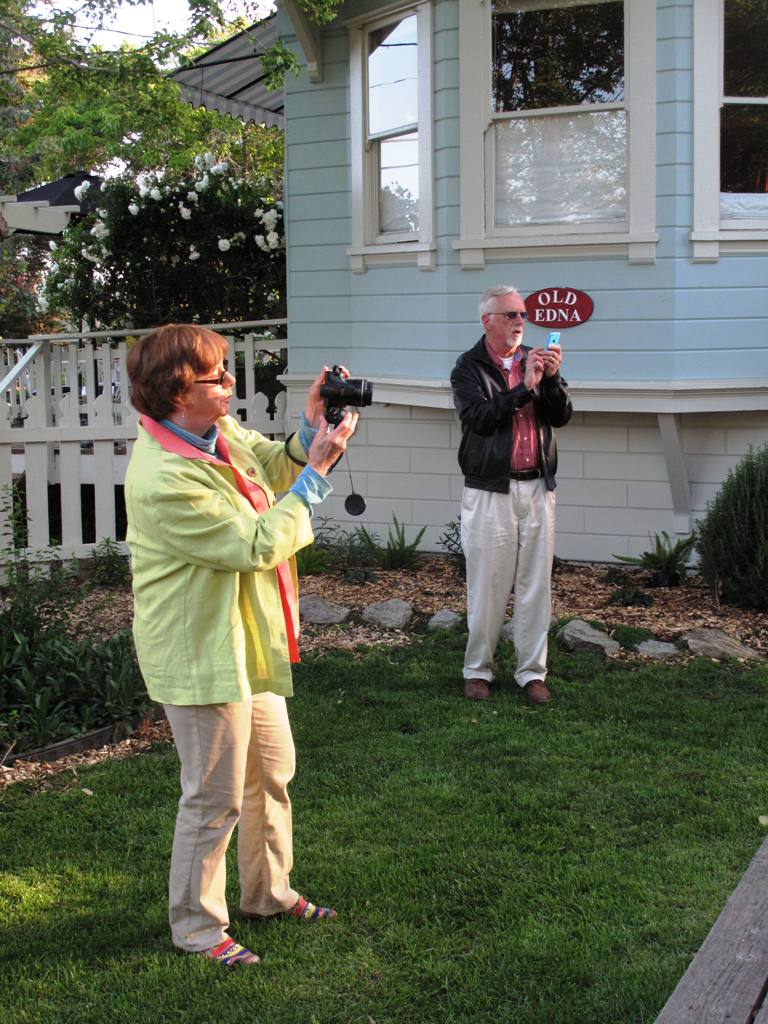
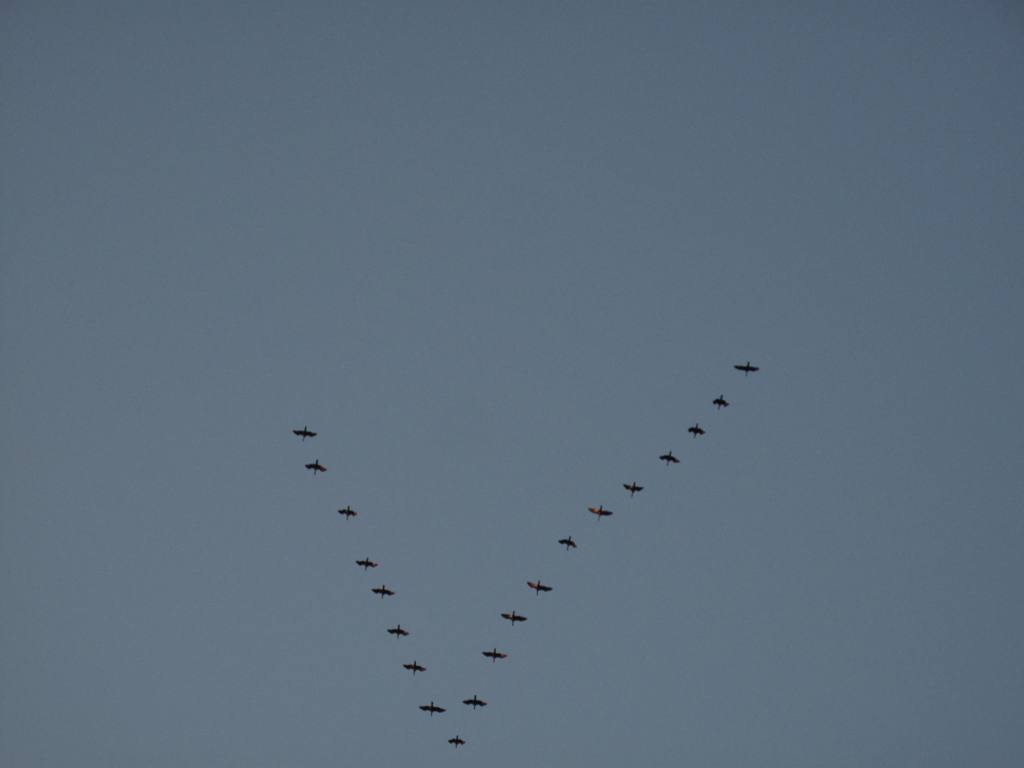
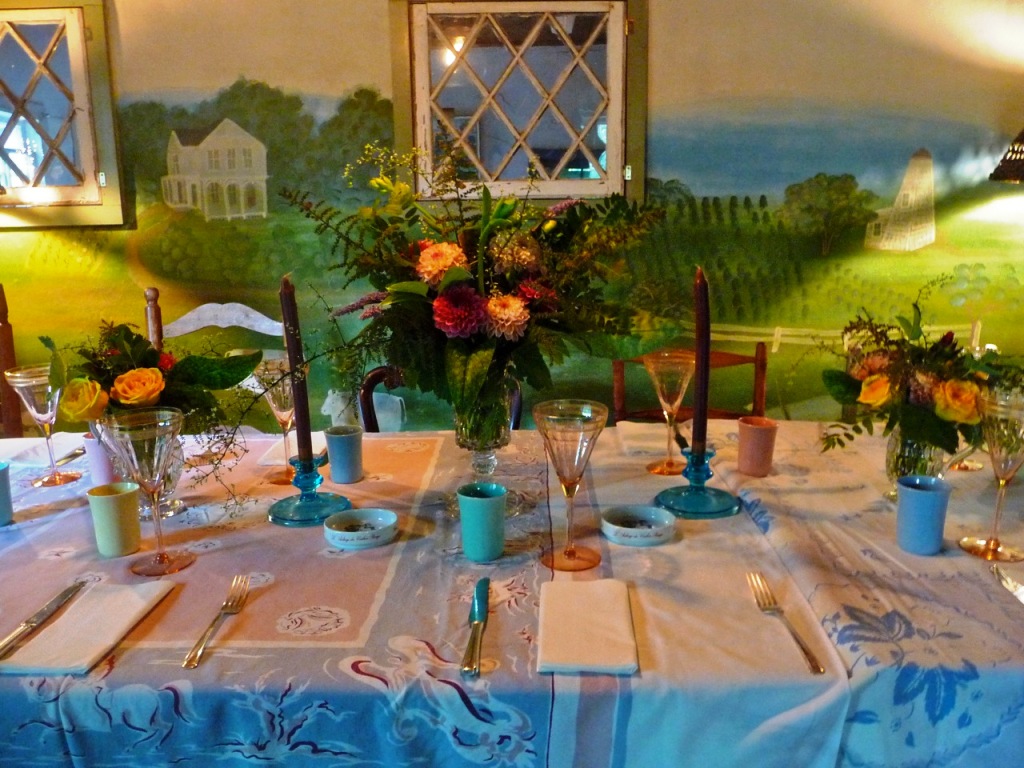
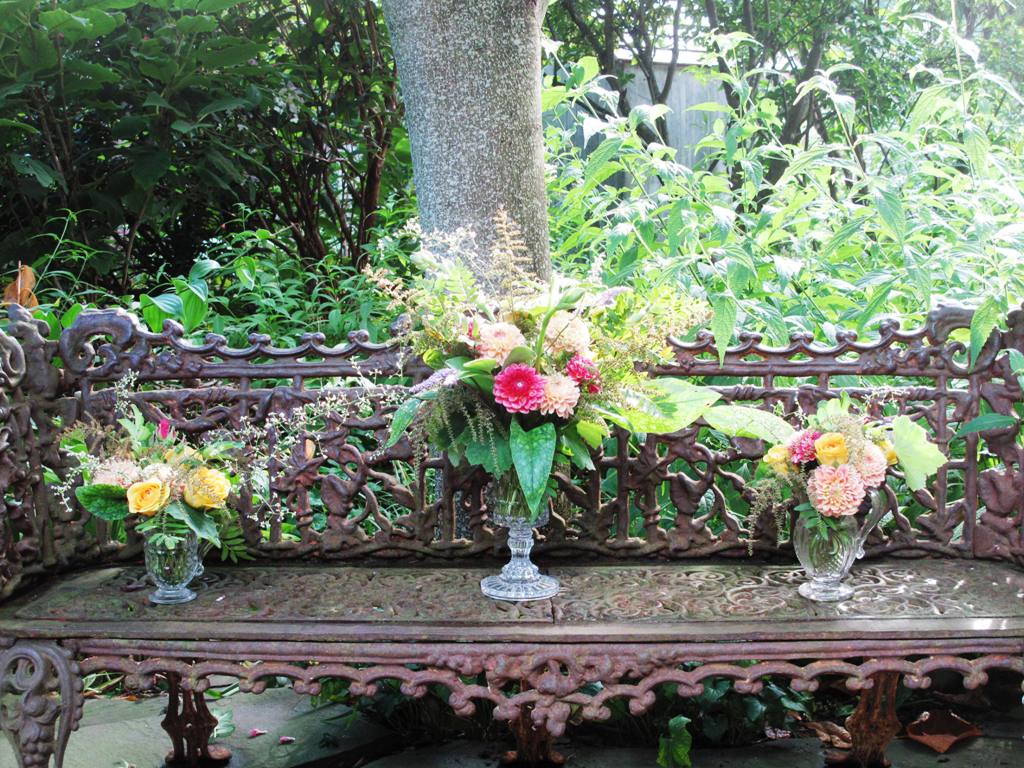

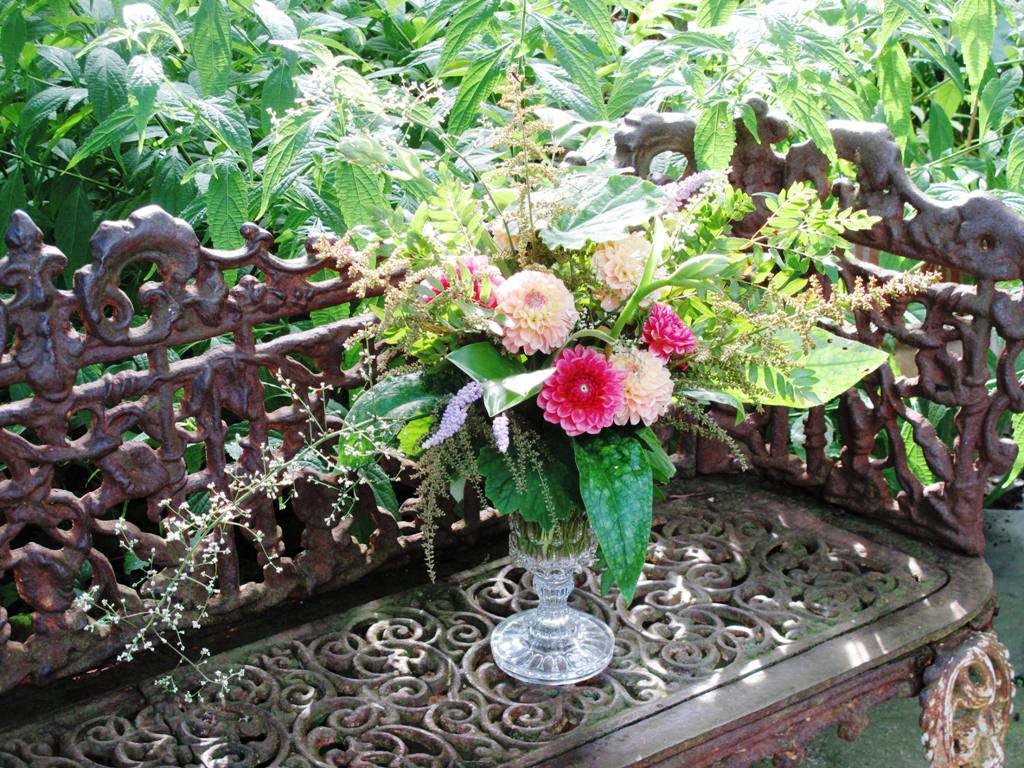
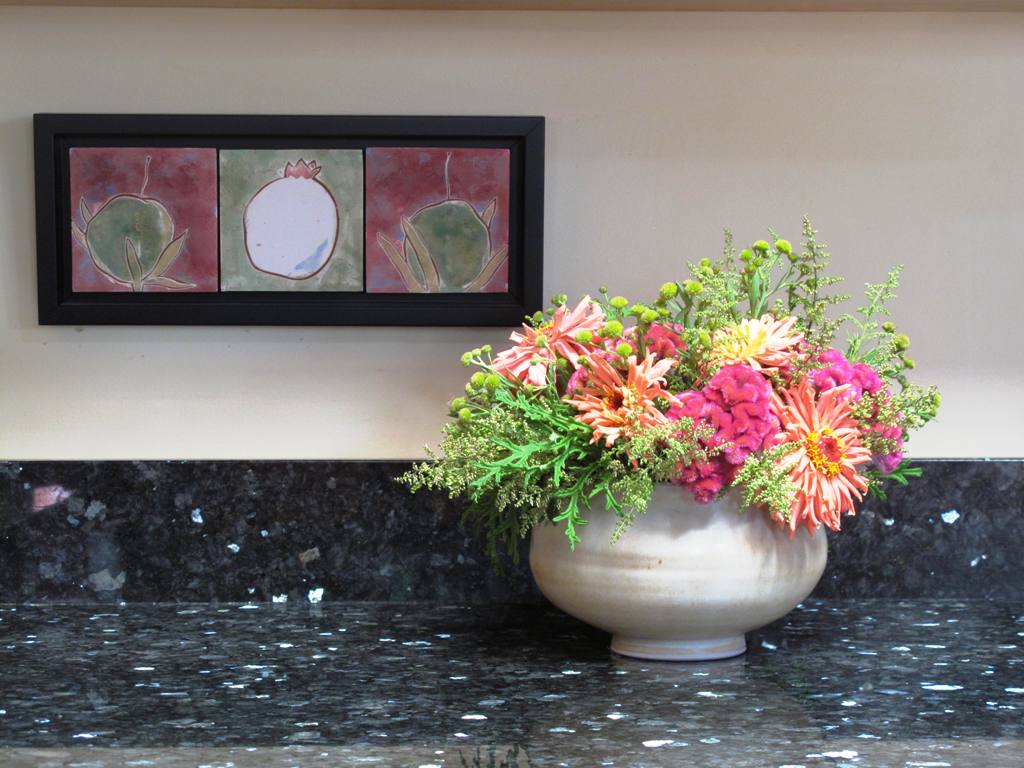
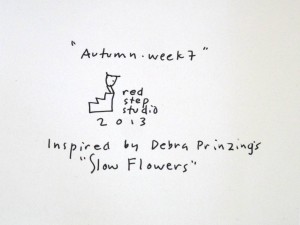
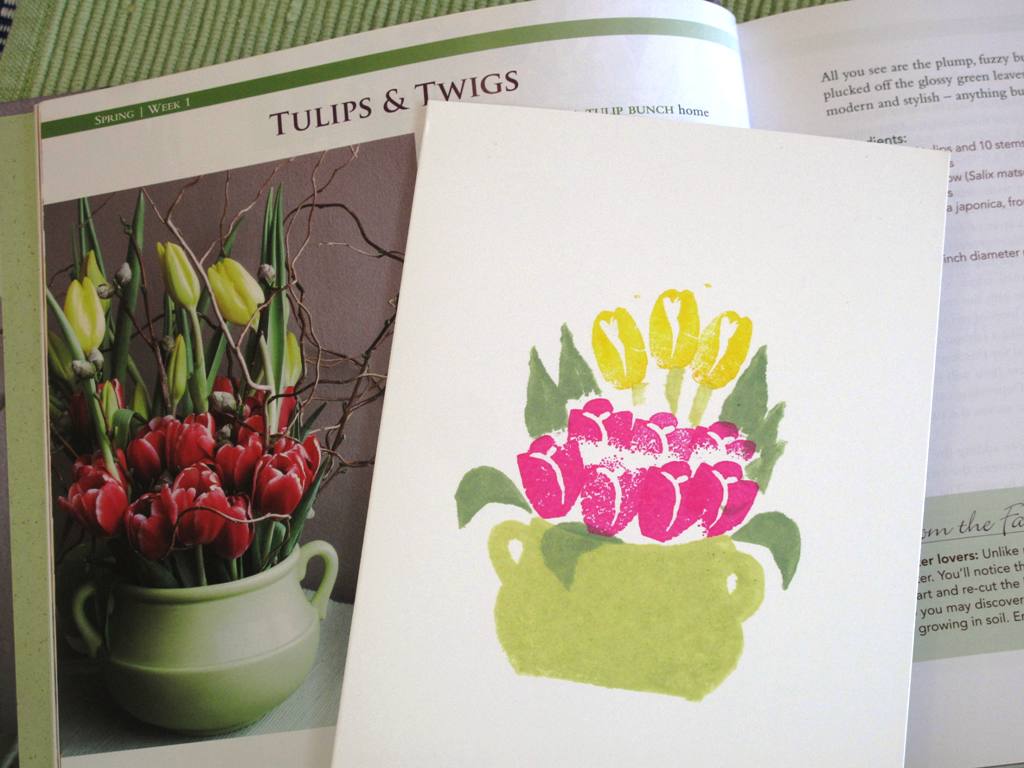
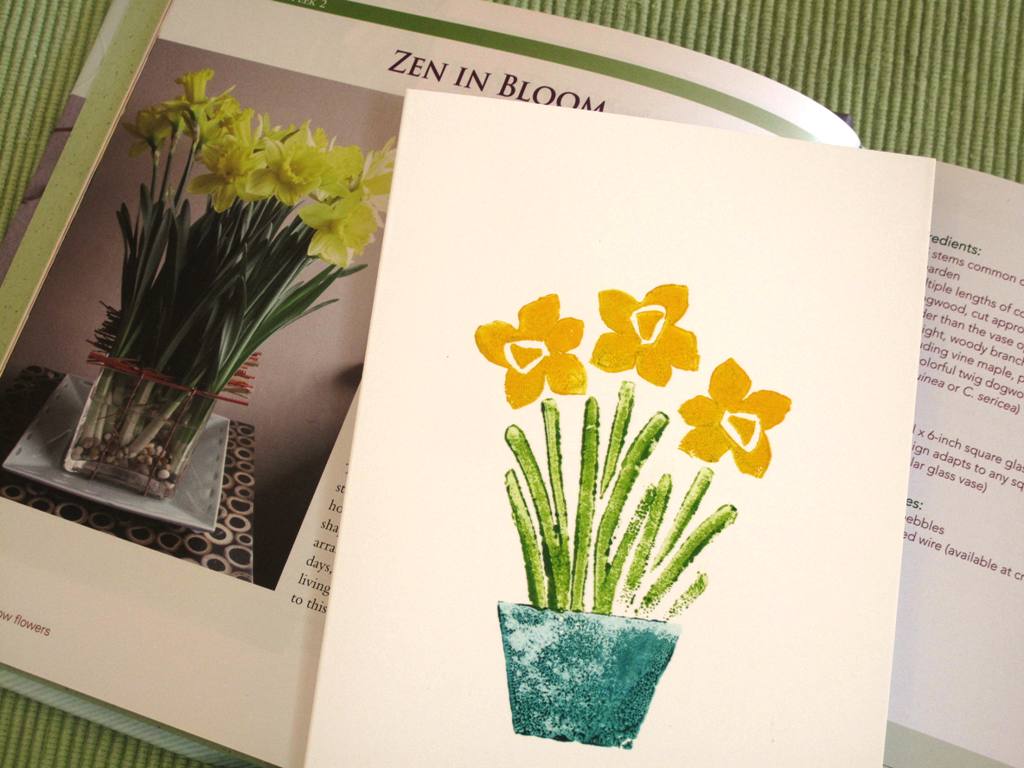
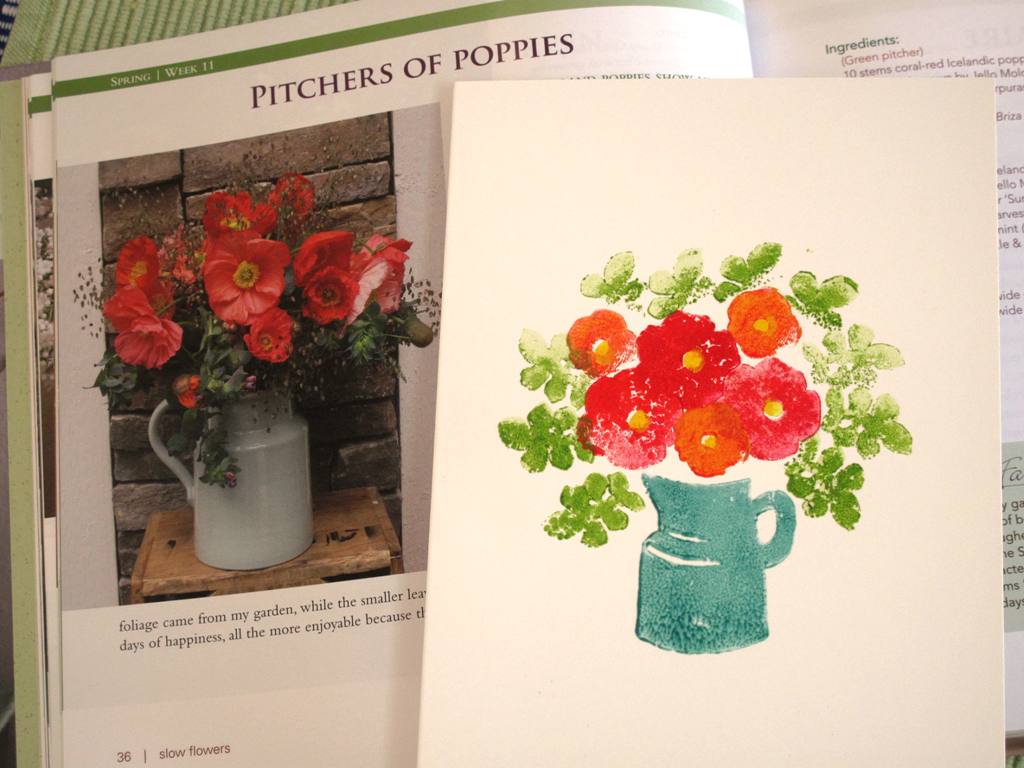
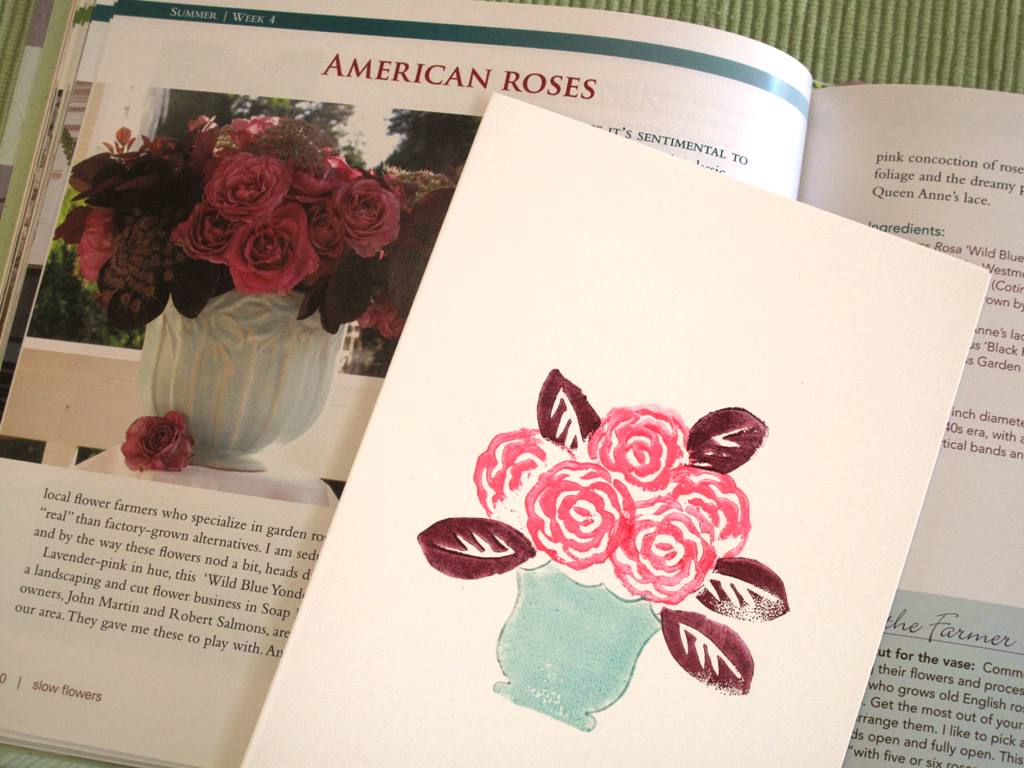
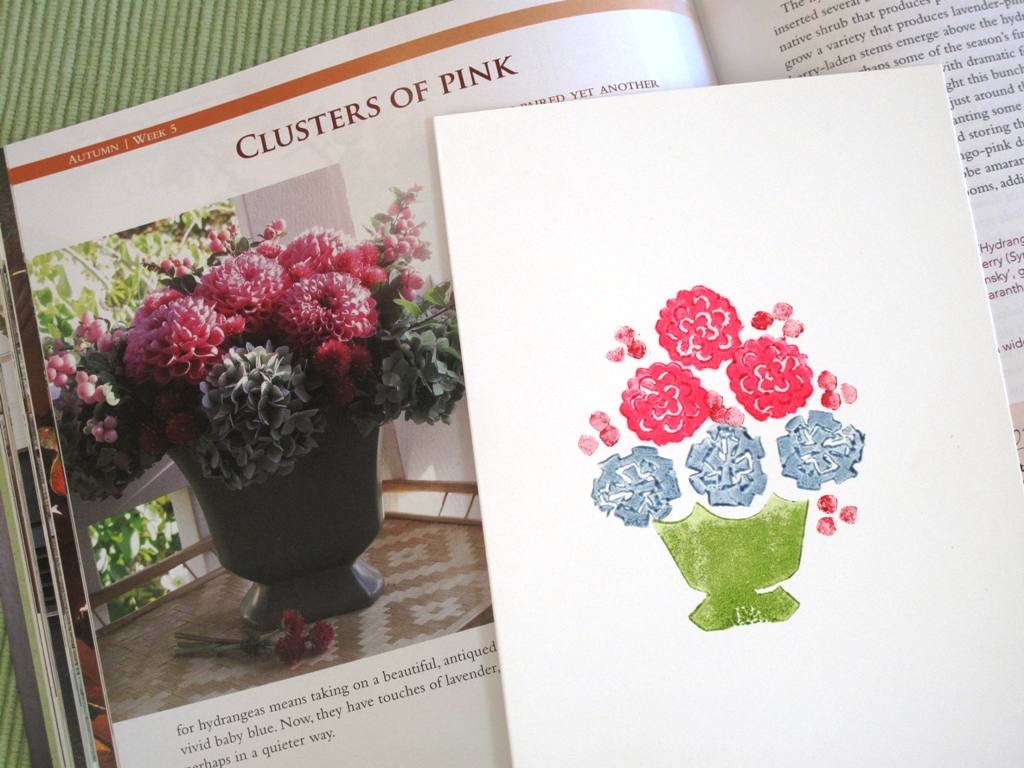
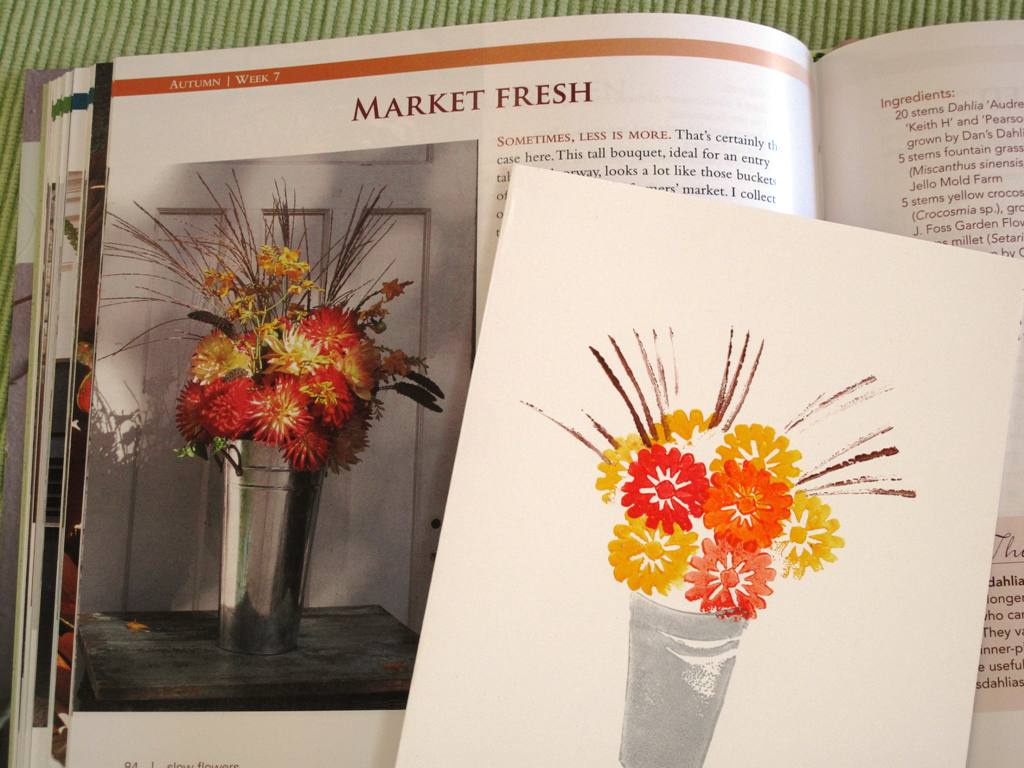
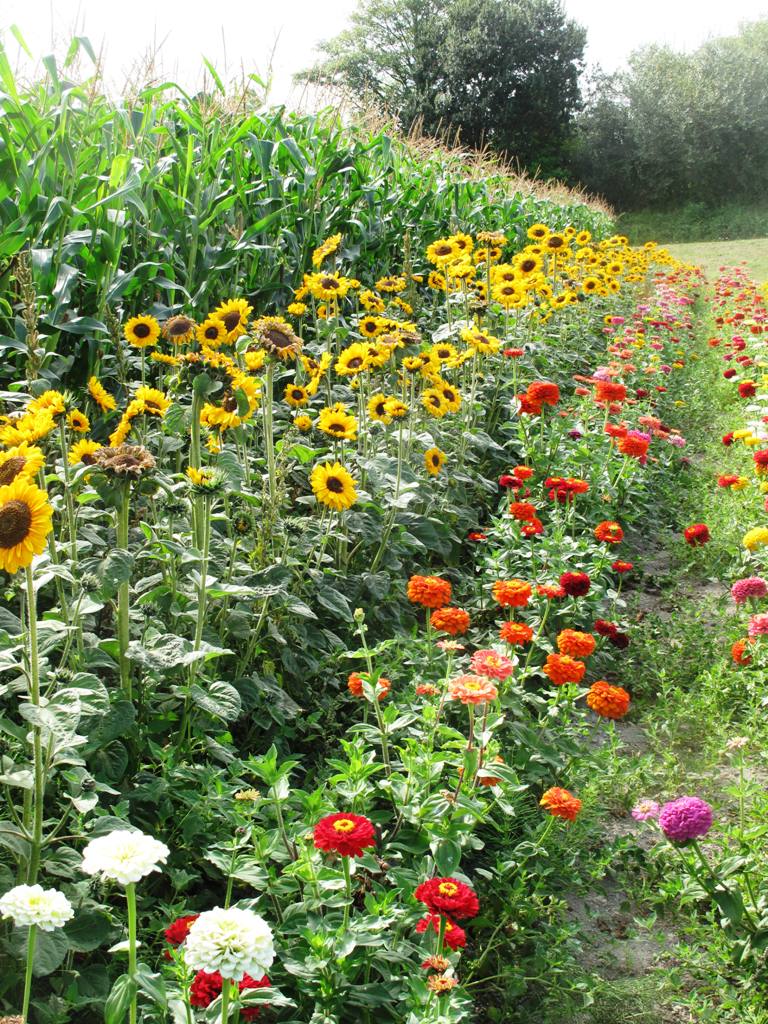
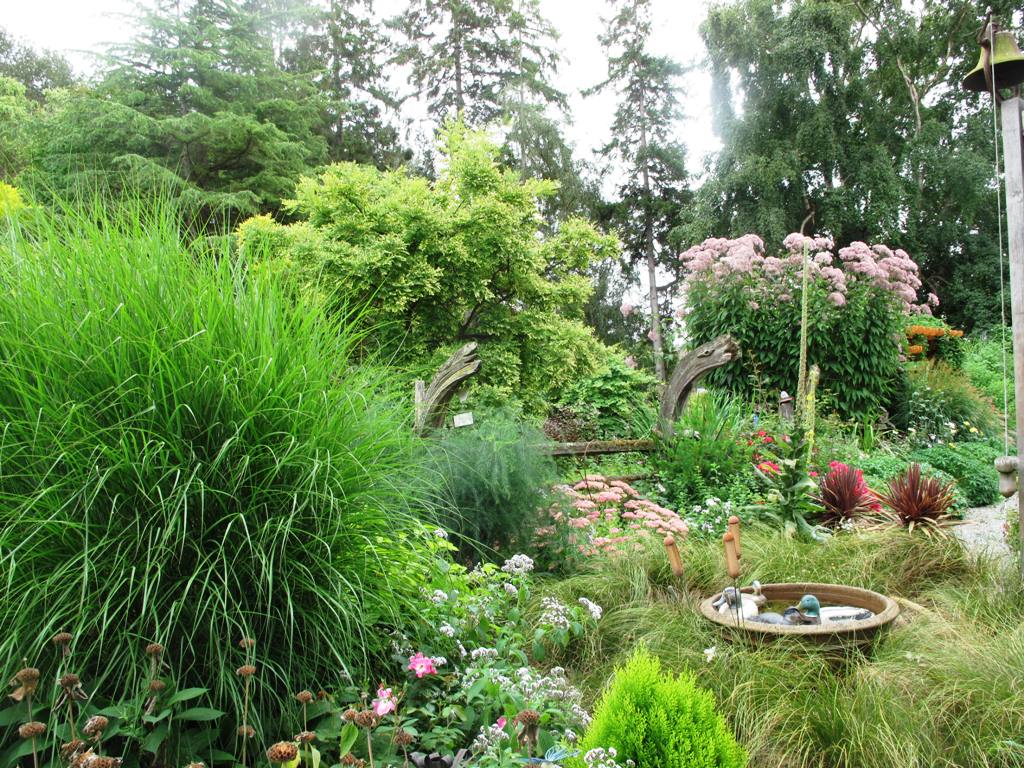
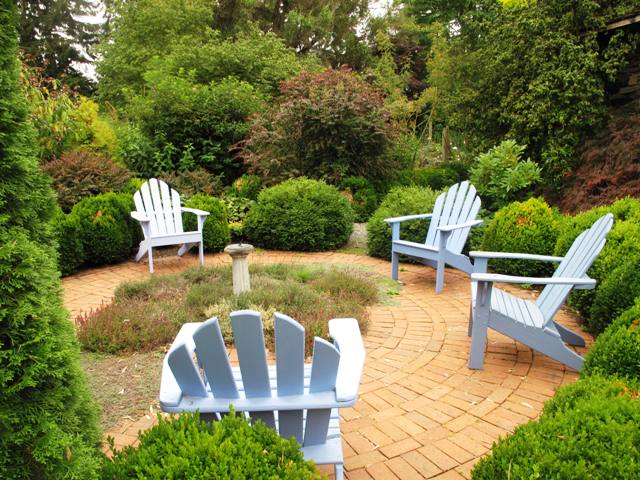
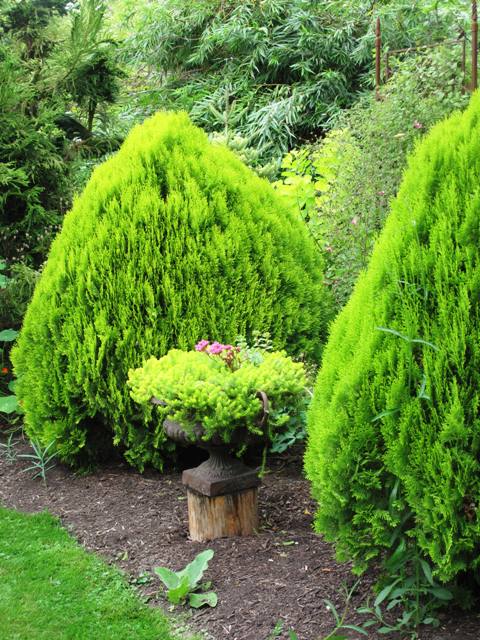
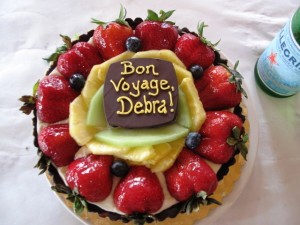


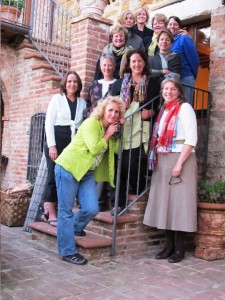
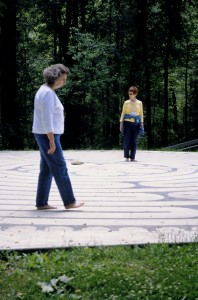
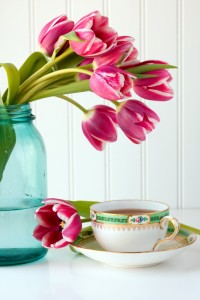 I am a tea drinker.
I am a tea drinker.

